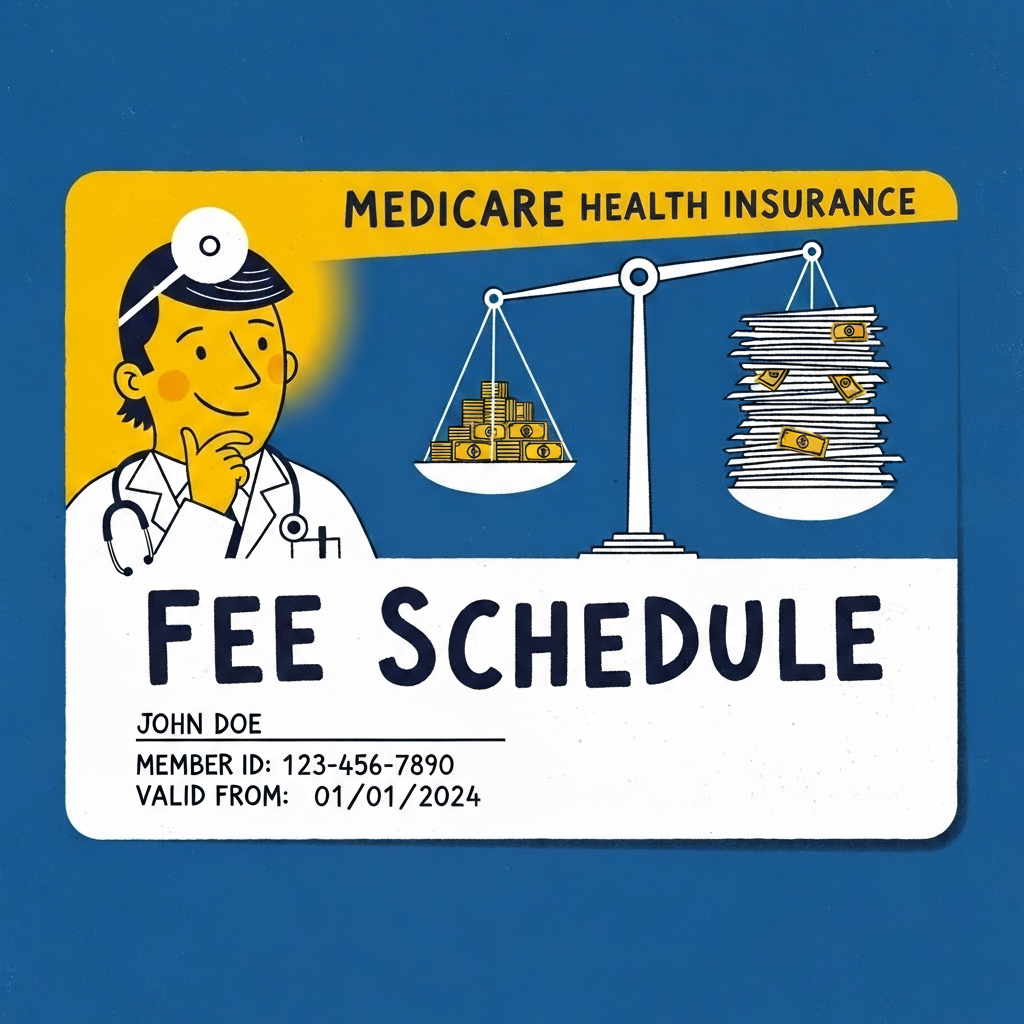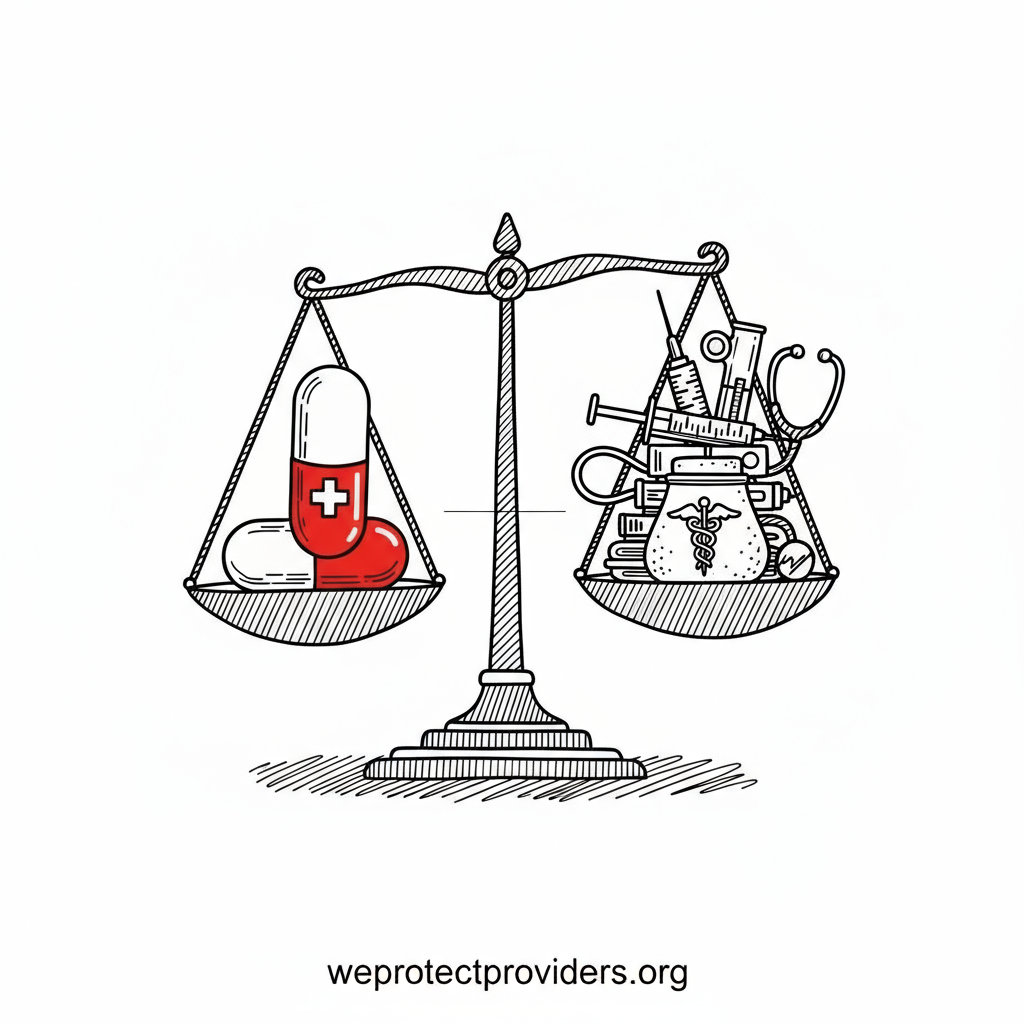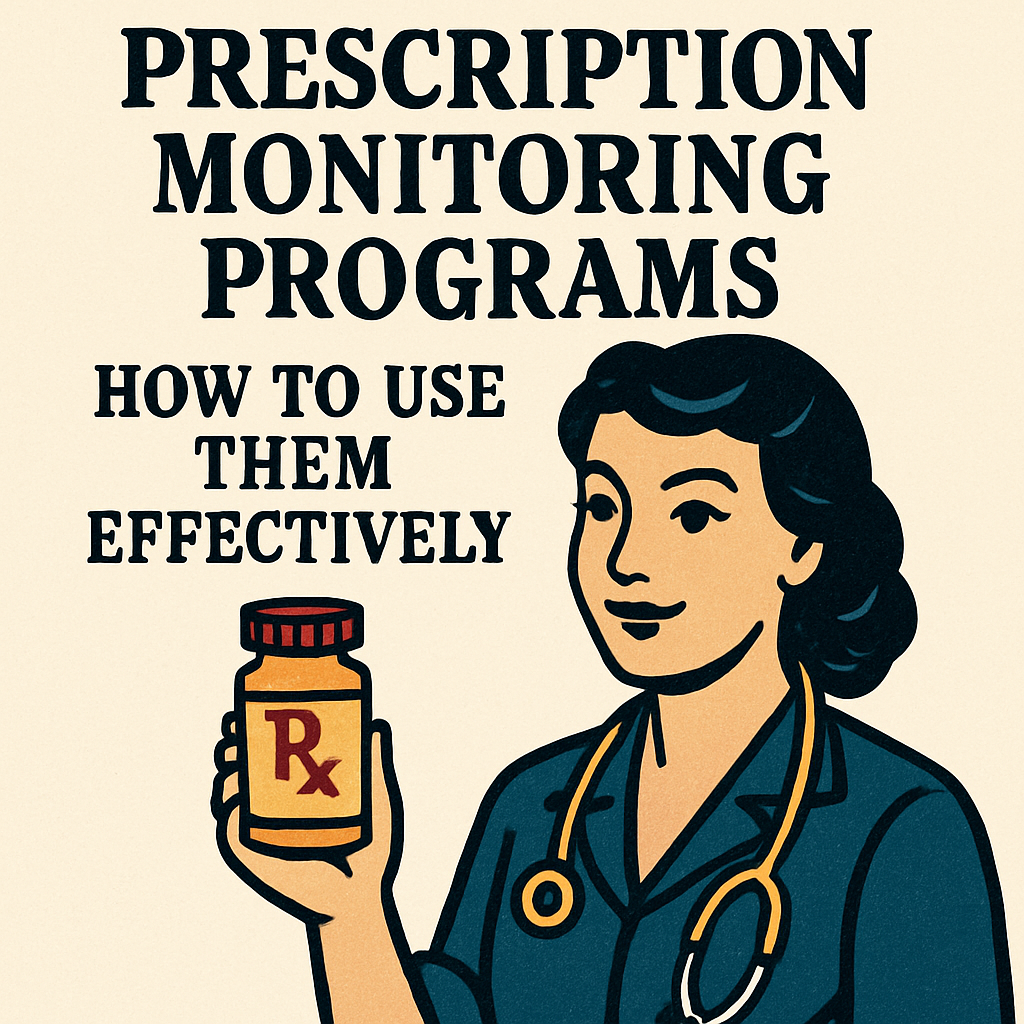
Introduction: A Government Spreadsheet That Runs American Healthcare
Ask the average patient what determines the cost of their medical visit, and you’ll probably hear:
“My insurance decides.”
That’s not wrong—but it’s not the full picture.
In truth, your insurer—public or private—is working off a blueprint that’s decades old: the Medicare Physician Fee Schedule (MPFS).
This single federal document influences how much doctors get paid, how healthcare is delivered, and even whether or not your doctor will accept your insurance.
It’s not just a fee chart.
It’s the financial backbone of U.S. healthcare.
Let’s unpack what it is, how it works, and why it matters more than you think.
What Is the Medicare Physician Fee Schedule?
The Medicare Physician Fee Schedule (MPFS) is a list of more than 10,000 services that a physician or other healthcare provider can bill to Medicare. For each service—like a physical exam, injection, or surgery—it assigns a Relative Value Unit (RVU).
Each RVU accounts for:
- The work involved (time, intensity, training)
- The practice expense (equipment, staff, supplies)
- Malpractice insurance costs
Then, those RVUs are multiplied by a conversion factor—a number set by Congress annually—to determine how much Medicare pays for that service.
Example: If a service is valued at 2 RVUs and the conversion factor is $34.89, Medicare pays $69.78 for that service.
Simple, right? Not exactly.
Why This Fee Schedule Matters for Everyone—Not Just Medicare Patients
Here’s the kicker:
Private insurance companies use the Medicare Fee Schedule as their baseline.
- Commercial payers base their contracts on “a percentage of Medicare” (e.g., 120%, 150%, 300% of Medicare rates–some pay 85% in urban centers where they want to limit provider access).
- Workers’ comp and liability plans reference it.
- Even state Medicaid programs often index their payments to it.
Which means that when CMS changes the fee schedule—even slightly—it ripple effects through every insurance plan, hospital, and private practice.
How the MPFS Shapes Your Access to Care
Ever wonder why your doctor doesn’t offer certain services anymore? Or why they stopped accepting a certain insurance? Or why you have to travel 50 miles to find a specialist?
Often, the reason is rooted in fee schedule math.
Here’s how:
- If Medicare underpays for a service, private payers follow suit.
- If reimbursement falls below the cost of delivering care, providers stop offering that service.
- In rural areas, where patient volume is low, that can wipe out entire specialties (mental health, OB/GYN, endocrinology).
- Some doctors stop accepting Medicare altogether. Others drop commercial plans that pay too close to the Medicare rate.
Translation: The MPFS doesn’t just set prices—it reshapes the map of healthcare access.
Geographic Adjustments: The Problem with “One Size Fits None”
The fee schedule includes something called Geographic Practice Cost Indices (GPCIs), which attempt to adjust payments based on local cost of living.
In theory, this should ensure fairness.
In reality? Not so much.
- Rural areas are often under-adjusted, failing to account for the costs of delivering care with fewer resources.
- High-cost urban areas can also be over-normalized, leading to payments that don’t match operating realities.
- The data used to calculate GPCIs is frequently outdated or misaligned with current labor and rent costs.
This creates a mismatch where providers in certain areas get paid significantly less for doing the exact same work.
Fee Schedule Flaws That Hurt Providers—and Patients
Here are just a few issues baked into the system:
It rewards quantity over complexity.
Time-intensive, cognitive services (like chronic disease management) often pay less than quick procedures.
It doesn’t keep up with inflation.
The conversion factor has barely budged, even as costs of supplies, staff, and rent skyrocket. In fact in 2025 it was reduced by 2.83%, meaning doctors are making less for the same services provided.
It penalizes specialties that rely on face-to-face care.
Telemedicine expansion during the pandemic helped some—but most payment rates for nonprocedural services are still far too low.
It’s influenced by political process.
Congress can override updates, delay fixes, or implement across-the-board cuts with little warning.
Why Private Insurers Love the Fee Schedule
You might think insurers would want to break free of a government rate-setting system. Think again. Medicare payment 20 years ago was the basement for reimbursement, now it’s the gold standard.
Commercial insurers benefit from:
- Built-in pricing structure (no need to create their own)
- Justification for denials (“Medicare doesn’t cover this”)
- Negotiating leverage with providers (“We pay 120% of Medicare—it’s fair”)
- Stability in budgeting
By piggybacking on the MPFS, insurers avoid setting their own rates—and shield themselves from price transparency debates.
What Needs to Change?
We can’t build a better healthcare system without fixing the flawed foundation. Here’s what needs attention:
- Modernize the fee schedule to reflect current clinical realities
- Increase transparency around RVU valuation and GPCI calculation
- Protect rural and underserved areas with better geographic adjustments
- Stop tying cognitive services to outdated payment models
- Involve frontline providers in the RVU-setting process—not just medical society representatives, lobbyists or committee appointees
Because when the foundation is off, every wall in the house leans crooked—no matter how well it’s painted.
Final Thoughts: Don’t Underestimate the Spreadsheet
It’s easy to think that your healthcare is dictated by your doctor, your diagnosis, or your insurance card.
But behind the scenes, there’s a spreadsheet in Baltimore that sets the tone for all of it.
A spreadsheet that determines:
- What services are offered
- What doctors get paid
- Where you can get care
- And how long your doctor can afford to spend with you
That’s the power of the Medicare Physician Fee Schedule.
And until we treat it like the structural policy tool it really is—nothing else we build on top will stand up straight.
About the Author
Douglas J. Jorgensen, DO, CPC, FAAO, FACOFP
Dr. Doug is a national regulatory consultant, physician advocate, and expert in healthcare finance. With decades of experience navigating Medicare policy, fee schedule reform, and physician compensation, he believes every provider—and patient—deserves to understand the numbers behind their care.


